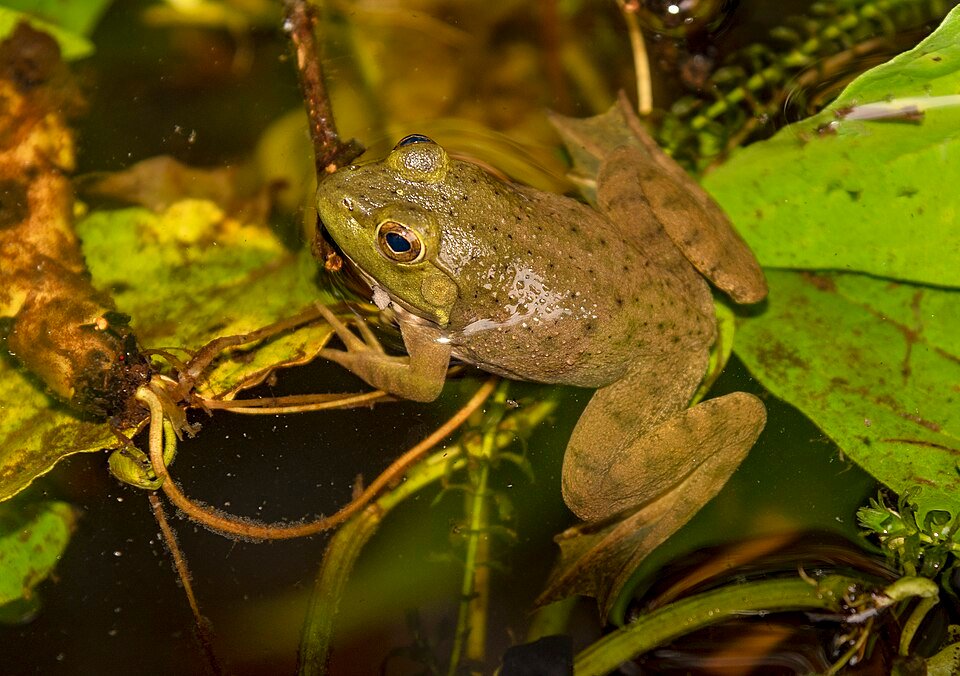
The Pacific oyster, Crassostrea gigas, is an aquaculture species of global importance. The success of oyster farming depends on factors such as water quality, temperature, and, fundamentally, diet. Microalgae are the primary food source for oyster larvae and juveniles.
However, ensuring success in oyster hatcheries depends on navigating the critical stages of larvae. High mortality rates during settlement and metamorphosis make optimizing food sources crucial. This is where microalgae come into play.
A study conducted by researchers at the Laboratory of Marine Mollusks of the Federal University of Santa Catarina aimed to determine the optimal concentrations of microalgae for the different stages of C. gigas farming, from larval settlement to post-larval growth.
Microalgae: The Nutritional Source
Microalgae are the cornerstone of a healthy diet for bivalves. They provide essential nutrients, particularly polyunsaturated fatty acids (PUFAs) such as EPA and DHA, which are vital for development and overall health. The researchers recommend diets incorporating several species of microalgae due to their varying levels of PUFAs, maximizing nutritional value for optimal growth.
Two commonly used and highly nutritious microalgae species for bivalve diets are Isochrysis galbana and Chaetoceros muelleri. These species have a proven track record of enhancing bivalve performance, making them popular choices in hatcheries.
The Search for the Perfect Concentration
While the importance of microalgae is undeniable, finding the optimal concentration for each developmental stage is key. Previous research has extensively explored the impact of microalgae on the survival and larval development of C. gigas, but studies on concentration during settlement, metamorphosis, and post-larval phases remain scarce.
This knowledge gap presents a significant challenge for hatchery success. Providing an incorrect concentration of microalgae can negatively affect survival and growth rates.
Optimizing Hatchery Yields: The Study’s Goal
The research aims to bridge this gap by investigating the effects of diets containing varying concentrations of microalgae on the Pacific oyster, C. gigas, during its critical developmental stages in a laboratory setting.
Stay Always Informed
Join our communities to instantly receive the most important news, reports, and analysis from the aquaculture industry.
By analyzing metamorphosis rates, growth, yield, and survival at different microalgae concentrations, the study seeks to define the ideal diet for each stage. This knowledge will allow hatcheries to maximize bivalve production and contribute to the continued success of the Pacific oyster aquaculture industry.
Methodology
The research focused on the pediveliger (swimming) larval stage, metamorphosis (settlement and shell formation), and the post-larval phase (initial bottom-dwelling stage).
The researchers fed C. gigas larvae and spat diets containing different concentrations of microalgae. The microalgae used were Isochrysis galbana and Chaetoceros muelleri. Growth, survival, and yield were monitored throughout the experiment.
Results
- Larval Settlement and Metamorphosis: Diets with microalgae concentrations of 12 and 16×10⁴ cells mL⁻¹ consistently produced high larval metamorphosis rates and spat production.
- Post-larval Growth: For post-larvae with an initial shell height of 0.657 mm, a diet of 32×10⁴ cells mL⁻¹ resulted in the highest growth rate. However, for spat with an initial shell height of 0.830 mm, no significant differences in survival were observed between the different concentrations.
Conclusion
By understanding the ideal microalgae diet for each developmental stage, hatcheries can optimize their processes, maximizing the survival and growth rates of Pacific oysters, ultimately leading to increased production.
The study demonstrates that the optimal microalgae concentration for C. gigas farming varies depending on the oysters’ developmental stage. For early-stage larvae and spat, higher concentrations are beneficial. However, for more advanced spat, survival is not significantly affected by increasing microalgae concentrations beyond 8×10⁴ cells mL⁻¹. These findings provide valuable insights for oyster producers seeking to optimize their farming practices and improve yields.
The study was funded by the “Coordination for the Improvement of Higher Education Personnel – Brazil (CAPES) – Finance Code 001,” the Federal University of Santa Catarina, and the “National Council for Scientific and Technological Development – Brazil (CNPq).”
Reference (open access)
Moreira Gomes, Hugo, Sühnel, Simone, Araujo de Miranda Gomes, Carlos Henrique, Silva, Eliziane, Silva, Francisco Carlos da, & Rodrigues de Melo, Claudio Manoel. (2024). Effect of diet on larval settlement, growth, and spat survival of the oyster Crassostrea gigas (Thunberg, 1793). Latin american journal of aquatic research, 52(4), 521-535. https://dx.doi.org/10.3856/vol52-issue4-fulltext-3213
Editor at the digital magazine AquaHoy. He holds a degree in Aquaculture Biology from the National University of Santa (UNS) and a Master’s degree in Science and Innovation Management from the Polytechnic University of Valencia, with postgraduate diplomas in Business Innovation and Innovation Management. He possesses extensive experience in the aquaculture and fisheries sector, having led the Fisheries Innovation Unit of the National Program for Innovation in Fisheries and Aquaculture (PNIPA). He has served as a senior consultant in technology watch, an innovation project formulator and advisor, and a lecturer at UNS. He is a member of the Peruvian College of Biologists and was recognized by the World Aquaculture Society (WAS) in 2016 for his contribution to aquaculture.




